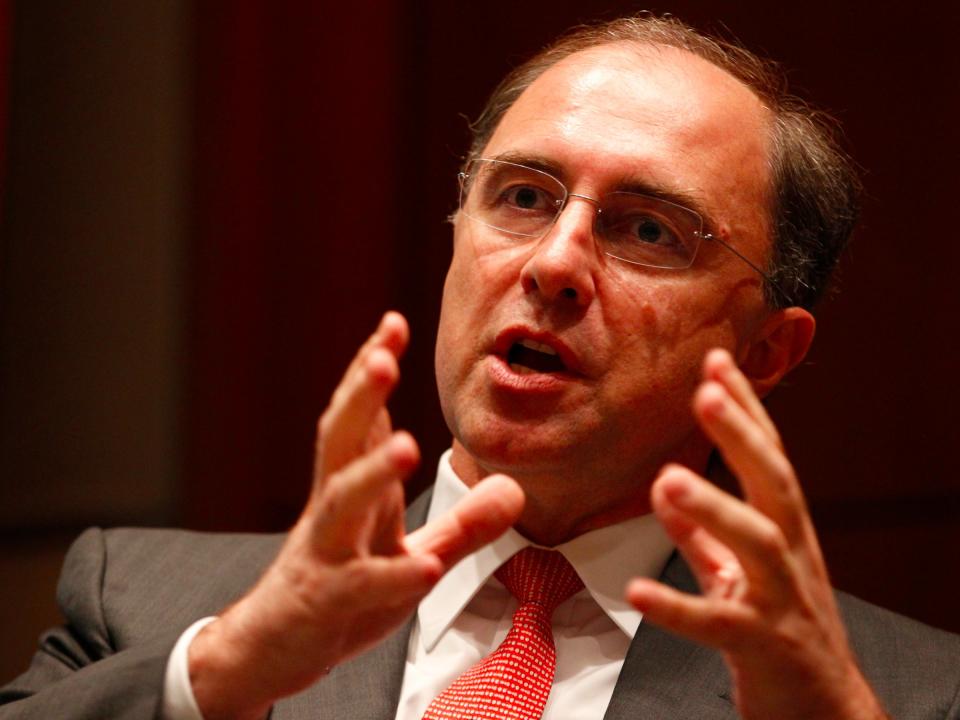Is the FTSE 100 Rally Real?

FTSE 100 stocks have underperformed since July. You heard it here first. The market has been so focused on what’s happened since the Brexit vote on June 23, that it’s missed the bigger picture since the start of July. More of which later.
The immediate shake out saw sterling plummet, a sell-off in domestic facing stocks and a rally in dollar earning, internationally focused large caps.
In June, this meant mid-caps, as measured by the FTSE 250 index, had their worst ever month relative to the FTSE 100.
The FTSE 100 return of 4.7% was ahead of the FTSE 250 by 9.8%. This is based on comparing performance every month since FTSE, the index provider, created a dedicated mid cap index in 1992.
This dynamic has meant headlines have championed investing in mega caps with international earnings. On the face of it, this thesis has a strong foundation. Weakening sterling, backing companies where the majority of revenue comes from abroad and avoiding UK Plc keeps investors away from domestic uncertainty.
When we go further and compare the FTSE Small Cap index since its launch, relative to the FTSE 100, June was the third worst month on record. This sharp swing comes after years of outperformance for mid and small caps, which were already underperforming January to June.
Pre 2016, Mid Sized Stocks Deliver Top Gains
In the past, this area has been a sweet spot for active fund managers. Morningstar gathers all the portfolio holdings of active funds and when these are aggregated for the UK Flex-Cap Equity sector, about half the exposure is in large caps. The other half is spread across mid and small caps.
Given this dynamic and that around 80% of the FTSE All Share index is made up of large caps, active managers struggled in the first half of the year. The FTSE 100 gained 6.1%, mid-caps dropped 5.7% and Morningstar’s UK Flex-Cap Equity sector fell 4.7%.
The uncertainty following the referendum caused a rapid negative spiral and a number of surveys in July showed sharp contractions. The tone of headlines on this side included, “crush the nation’s economy” and “terrifying charts”. When sentiment is so negative, it’s uncomfortable to be a contrarian.
Have Large Stocks Actually Outperformed?
But when you dig into the numbers, the large cap surge took place during a matter of days after the vote. Subsequently, since July 1 to the time of writing in mid-September, it’s a different story. Morningstar’s UK Flex-Cap Equity sector rallied 11.7%, mid-caps gained 10.6% and the FTSE 100 was up 5.2%.
So mid-caps, as well as small-caps, have bounced back in July, August and September. This sharp reversal has also seen active managers outperform the FTSE All Share index by 5.5%.
There are of course many ways to slice data. And for clarity, when you bring the above two time periods together, year to date the category is up 6.4% versus a gain of 10.2% for the FTSE All Share. But the point here is that if you listened to the herd and made your move a few days after the vote, your move into large caps has underperformed.
This isn’t a call to pile into mid-caps. This is a call to take a step back from the headlines and see where investment opportunities have opened up. Uncertainty is still there, but we can also to look to where smart money has been going. Active UK equity managers, positively rated by Morningstar, who analysts have recently spoken with, have selectively topped up mid cap exposure. There’s been no broad move into large caps. If anything, some managers have taken profits.

 Yahoo Finance
Yahoo Finance 